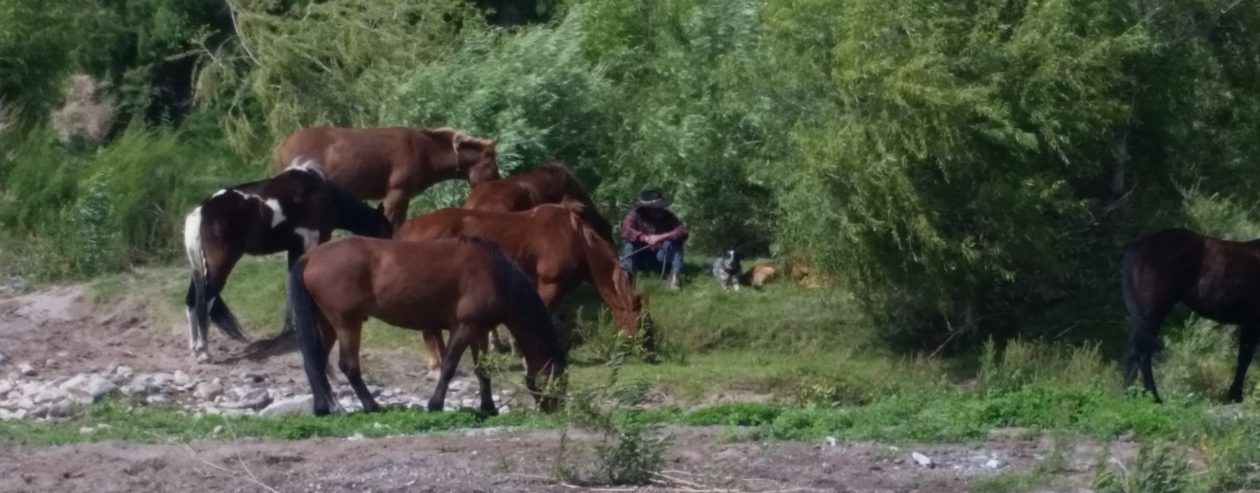This evening I completed the stirrup straps, riveted everything together, installed the new buckles, and cut all the adjustment holes. Then I oiled the new leather well and applied Fiebings Pro Stain, in Dark Brown. I also oiled and cleaned the original sweat leathers and attached them to the new stirrup straps. The resulting repairs will be stronger and more durable than the originals.
Then I used a soapy water solution to clean the rest of the saddle leather. I got the leather sufficiently wet to allow it to dry on my saddle stand and reform the skirts and jockeys, which had dried and curled. I bound the saddle to the stand with belts and bungies and allowed it to dry. After it was dried and its new form set, I oiled it well and applied stain to make it match the new leather more closely, while not losing the patina of the original leather.
On a more valuable saddle, I would have completely disassembled the saddle and cleaned and reformed each piece individually, but for this saddle, that would be more work than it might be worth on its best day, and what I have done will extend the life of this old saddle for another 20 years or so.
As I began to reassemble the saddle, I found I had to replace one saddle string and that the cantle had broken loose from the bars. A previous repair had been made, in which the saddler made a metal piece, which he turned into a decorative piece, and attached it with screws to the bars and the back of the cantle.
It reinforces the connection between the cantle and bars, but I decided to go a little further and make a little stronger repair. I pulled the skirts away from the tree bars and pre-drilled and installed four 2″ #14 wood screws through the bars and up into the cantle. It’s solid now and the decorative metal reinforcement is just that – reinforcement, not the primary holding force for the cantle-bars connection.
The objective of this repair was not to bring this saddle back to “restored” condition, but to make it serviceable again for the purpose of teaching a couple of young boys to ride. I think I was more than successful in that regard and the saddle is now in better condition than it has been for many years past.
This saddle should be good for another 20 years or so. Might even make it to another generation of youngsters learning to ride!
I’m pleased with my work and I enjoyed it immensely.
TH













You must be logged in to post a comment.